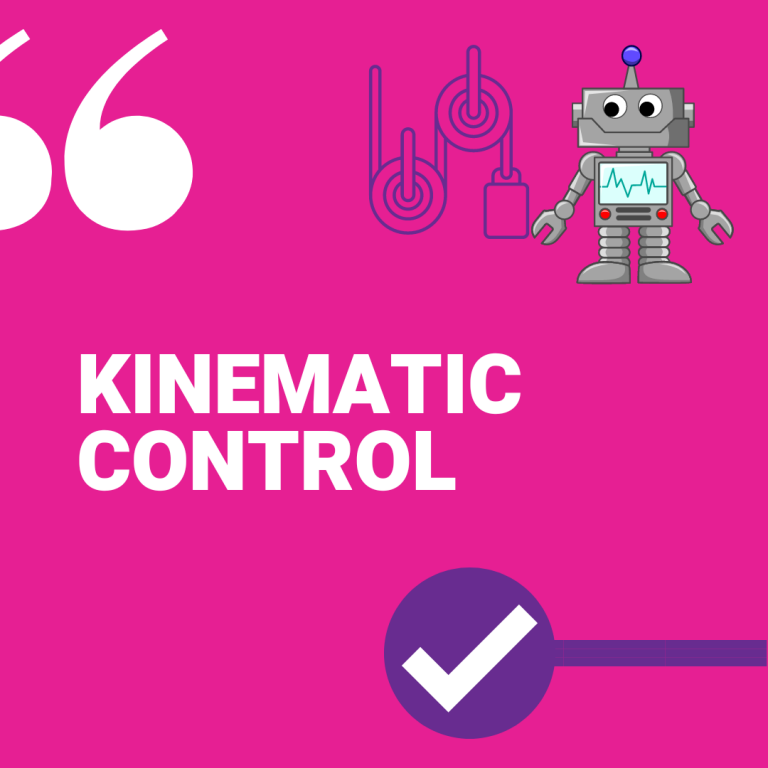Subscribe
Subscribe now and you will be updated for any news about the IoT word
Kinematic control is an automaton branch, then a robotics field, it has to generate the joint system position. The robot can be composed of a single rigid body or multiple rigid bodies connected. Many rigid bodies make the kinematic chain, increasing joint number and improving the system complexity.
Continue reading below

When the system is composed of many joints, determining each joint position at any time to have a precise place of the end joint is not a simple task.
Imagine taking an object from the table and putting it in the sink. Our brain makes some operations to determine every single art position, to make the operation. A robot with kinematic control computes each joint position to bring the end joint to the desired position. Where the end joint wanted position is the motion planning result.
Most of the time, the kinematic control uses the kinematic inversion, then starting from the end joint desired position, the control makes the inverse computation to have each joint position. The kinematic inversion uses the Jacobian, which is a matrix. Through the Jacobian inversion, we can have the joint desired velocity; we obtain the desired position by integrating the rate.
In this post, I introduced kinematic control. For a more thorough description, I suggest visiting my research page, or you can see my Google Scholar profile.
It is a pleasure to see you here at this article end, and I’m delighted if you need don’t hesitate to contact me, for any motivation at the following mail.
The kinematic control does not compute only the position; we can add multiple tasks to the control. We have many tasks; some of them can be energy efficiency or obstacle avoidance. We can add as many tasks as many degrees of freedom we have.
Subscribe now and you will be updated for any news about the IoT word